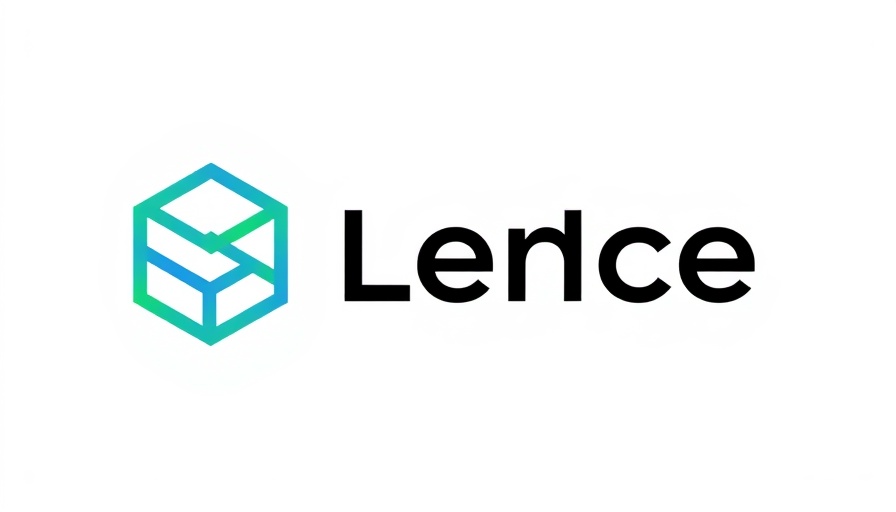
The Merger That Could Change the Pharmaceutical Landscape
On August 1, 2025, Mallinckrodt plc and Endo, Inc. officially completed their merger, forming a formidable global entity in the therapeutic market. This strategic combination is set to reshape various aspects of the pharmaceutical industry, enhancing growth opportunities and addressing numerous unmet medical needs.
A Future-Forward Vision in Therapeutics
Siggi Olafsson, President and CEO of the newly formed organization, expressed optimism about the merger’s potential. 'We commend the employees of both companies for the extraordinary effort required to achieve this milestone. Today we bring together two highly complementary companies...” His comments reflect a strong commitment to delivering value not only to shareholders but also to the patients depending on their products.
Addressing Regulatory Complexity and Market Needs
One of the standout features of the combined entity is its diverse therapeutic portfolio, which spans critical areas such as endocrinology, gastroenterology, hepatology, and neonatal care. The adaptability of the organizations and their robust understanding of the regulatory environment will be crucial as they navigate the complexities of drug development and approval processes. A combined generics business under the Par Health name is anticipated to further bolster operational capacity, streamlining the pathway to market for new therapies.
Financial Outlook: Synergies and Shareholder Value
The merger is projected to generate significant financial synergies, with expectations of achieving at least $150 million in annual pre-tax run-rate operating synergies by Year 3. Such metrics are particularly enticing for investors and serve as a testament to the merger’s potential effectiveness in optimizing resources and enhancing market presence.
What This Means for Pharmaceutical Sales Trends
As this merger unfolds, its implications will ripple across pharmaceutical sales trends. Sales representatives in the field must now navigate the complexities of a more diversified and extensive product range. With an emphasis on strategic market access and innovative promotional tactics, pharma sales reps are set to leverage returned investments in marketing strategies that resonate with a broader audience.
Transformative Implications for Specialty Pharmacies
The creation of a diversified therapeutics leader also signifies growth opportunities for specialty pharmacies. As the company gears up for its upcoming independent spin-off, it will likely experience shifts in formulary decisions and an increased focus on managing complex medications. This merger may enhance specialty pharmacy growth through better-access drugs and optimized supply chain logistics, revolutionizing how such pharmacies interact with patients and healthcare systems.
What Lies Ahead for Pharma Marketing Strategies?
The future of pharmaceutical marketing is changing dramatically as a result of this merger. With a combined portfolio, marketers must adapt their approaches to highlight the benefits across a wider variety of therapeutic areas—leading to innovative campaigns that emphasize patient-centric solutions. Insights derived from data analytics will become essential in shaping promotional materials that drive engagement and conversion in an increasingly competitive market.
A Convergence of Leadership in Pharma
This merger highlights a vital shift in the industry as businesses pursue strategic collaborations to solve unmet patient needs while remaining competitive. As data-driven solutions and patient engagement strategies become pivotal for success, the pharmaceutical industry must adapt its approach, empowering professionals at all levels.
Call to Action: Embrace the Change in Pharma
For pharmaceutical sales reps, executives, and marketers, understanding the implications of the Mallinckrodt and Endo merger is crucial for positioning your strategies effectively in the evolving marketplace. Stay informed on drug development news and industry updates to adapt quickly and maximize opportunities in this reshaped landscape.
 Add Row
Add Row  Add
Add 




Write A Comment